7 Wonderful New Year’s Eve Traditions Around the World
All over the world, people mark New Year’s Eve with their own traditions: eating lentils and grapes, dressing up as bears, throwing furniture out the window, and more. Explore all the ways people ring in the new year here.
Shop This Look
Europe & the United Kingdom
In Scotland, traditions abound at Hogmanay, the Scottish New Year’s Eve. First-footing is the tradition practiced where people race to their families and friends to be the first person to cross the threshold in the new year — but they must bring gifts. In addition, when the clock chimes midnight, Scots join hands in a circle to sing Auld Lang Syne, the song which demands old friendships never be forgotten.
Over in Denmark, plates are smashed on friends’ doorsteps in order to bring good luck for the coming year; while in Spain, 12 grapes are eaten each time the clock chimes midnight to bring good luck for the next 12 months.
In Romania, children and adults alike dress up as bears to chase away bad spirits.









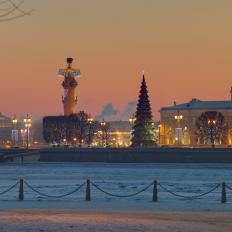
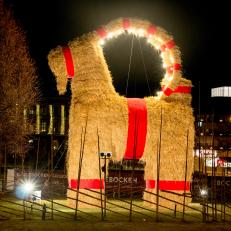
![108312270 Salzburg's famous old town and iconic Hohensalzburg fortress decorated for the Christmas holidays.
Please see my related collections...
[url=search/lightbox/7431206][img]http://i161.photobucket.com/albums/t218/dave9296/Lightbox_Vetta.jpg[/img][/url]
[url=search/lightbox/3521671][img]http://i161.photobucket.com/albums/t218/dave9296/Lightbox_Salzburg-V2.jpg[/img][/url]
[url=/search/lightbox/4780530][img]http://i161.photobucket.com/albums/t218/dave9296/Lightbox_santa_V2.jpg[/img][/url]
[url=search/lightbox/3521651][img]http://i161.photobucket.com/albums/t218/dave9296/Lightbox_alp_winter-V2.jpg[/img][/url]](http://discovery.sndimg.com/content/dam/images/discovery/fullset/2020/12/22/GettyImages-108312270.jpg.rend.hgtvcom.231.231.suffix/1608653200154.jpeg)
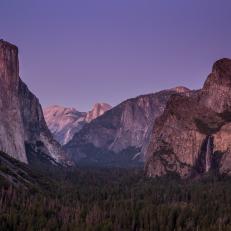

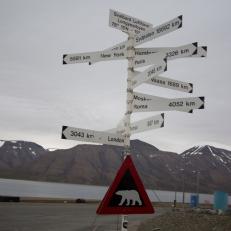




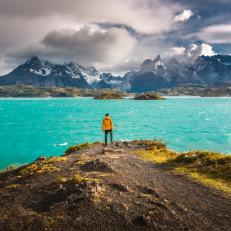

![467039101 [UNVERIFIED CONTENT] Colorful dragon dances and ushers in the 2014 Chinese New Year (Lunar New Year) in San Francisco. 2014 is the Year of the Horse. Chinese New Year is also known as Spring Festival.](http://discovery.sndimg.com/content/dam/images/discovery/fullset/2021/2/10/GettyImages-467039101.jpg.rend.hgtvcom.231.231.suffix/1613030738411.jpeg)